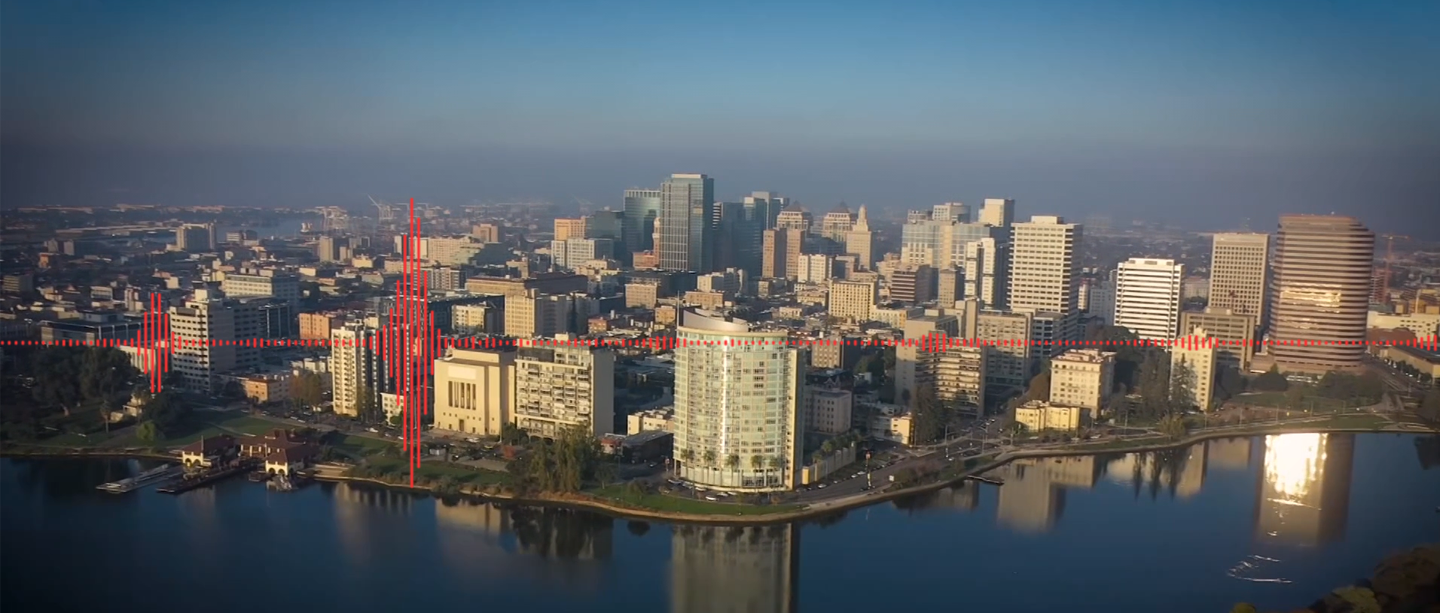Millions in Los Angeles County mistakenly received emergency alerts telling them to evacuate. It happened not just once, but twice, with the second incident on Friday.
The mistakes created panic across the region, but the county said they had quickly addressed it.
The county's director of emergency management said the cell phone alerts have already saved lives by getting people to evacuate. However, for about 10 million people, a couple of those alerts also created unnecessary chaos and some distrust of the alert system.
The City of Beverly Hills, in a post on X, reports an evacuation alert went out at 4 a.m. Friday, the county's Office of Emergency Management confirmed it was "another error."
At approximately 4 a.m. today, some residents in Beverly Hills may have received another evacuation alert from the LA County Fire Department. The County’s Office of Emergency Management has confirmed this was another error. There are no evacuations currently affecting BH.
— CityofBeverlyHills (@CityofBevHills) January 10, 2025
The first error occurred Thursday when the office said millions of people received an alert on their phone by mistake. The alert told them to gather loved ones, pets and supplies, and evacuate. A message to disregard was sent 15 minutes later.
"I can't express enough how sorry I am for this experience," Los Angeles County Office of Emergency Management Director Kevin McGowan said. "First of all, I want to clarify this is not human-driven. No one is sitting at a desk right now initiating emergency alerts."
McGowan said local authorities initiated the alert for the correct area. However, there was a system error that sent the emergency alert to the entire county.
"We have every technical specialist working to resolve this issue and find out the root cause," McGowan said.
Get a weekly recap of the latest San Francisco Bay Area housing news. Sign up for NBC Bay Area’s Housing Deconstructed newsletter.
Here's how the wireless emergency alerts, or WEAS, are supposed to work: Authorized national, state, or local authorities send them through FEMA's warning system to a specific geographic zone affected by an emergency.
This means if someone is in that zone and has a WEA-capable phone, even if they are visiting from out of town, they are supposed to get the alert.
Overall, the technology has become more precise over the years.
When it launched in 2012, the FCC said alerts were sent countywide. By 2019, they had to be sent to zones "with no more than a 1/10th of a mile overshoot."
The geo-targeting of zones relies on new smartphone technology that improves every time most people upgrade their devices.
In 2023, about 83% of smartphones supported enhanced geotargeting, according to the FCC and CTIA, a U.S. wireless association.
"There is an extreme amount of frustration fear with regards to the erroneous messages," McGown said.
On Friday, McGowan said his top priority was to find out what caused the tech error, begging people in LA to still trust the system.
"I implore everyone to not disable the message on your phone," McGowan said. "This is extremely frustrating and painful and scary, but these alert tools have saved lives during this emergency. Not receiving an alert can be a consequence of life and death."
McGowan said the evacuation maps on alertla.org are accurate.
Most wireless carriers participate in the emergency alerts, but it is voluntary. Check with your carrier to be sure.



